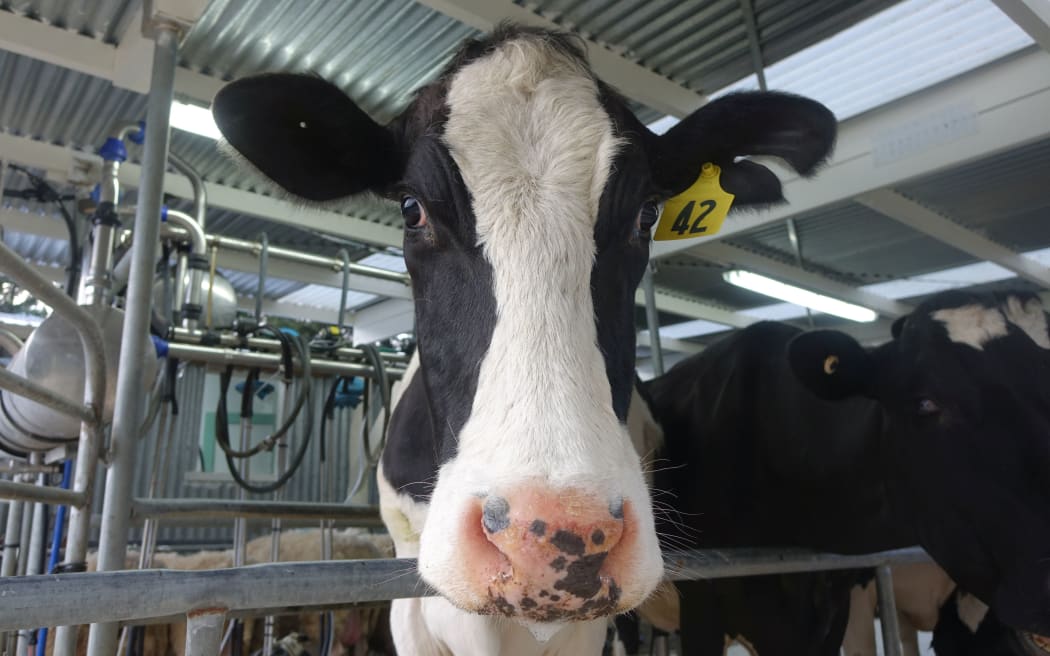
Dairy cows tend to have had a hard life and extra care is needed with their meat, executive chef James Laird says. Photo: RNZ / Alexa Cook
An Auckland restaurant is showcasing a project to make use of meat from retired dairy cows which has traditionally only been thought suitable for low-value items like hamburger patties.
Esther Restaurant's executive chef James Laird said their culinary director was inspired by what chefs were doing in Spain and particularly the Basque region.
"They are doing the retired dairy beef, finishing it on lush pastures and you know the older the beef is the more flavour, the more fat on there and it's actually an amazing product."
There was a yellow fat layer on the beef and so it was a matter of ensuring the animals were in good condition once they had finished milking, he said.
Some extra care was needed with the meat, Laird said.
That included fattening up the animal and ensuring it was in good condition once it had finished milking, as well as ensuring the resulting meat cuts were well-aged, he said.
"We're finishing them on the pasture, finishing them well, ageing them in house, getting a good 20-30 days age on them before we break them down and they seem to be coming out really well."
Typically dairy cattle had had a hard life, he said.
"When they've finished their milking, they've had a hard life, they've got the flavour, they've got the bones there to be something amazing and they're just rushed through and ... sent off for hamburgers."
Initially it was a bit daunting for the kitchen to receive a whole animal, he said.
"It was quite scary at first when you get a whole animal in front of you in the kitchen and you're trying to turn it into these cuts and also figuring out what to do with all the secondary cuts to the animal as well."
The first animal the restaurant got in was aged for about 10 days and the second one was aged for longer and there was a noticeable difference between the two, he said.
"Things should be aged on the bone and hung and you get a better product after that."
Cuts from the animals included 1kg T-bones, tomahawk ribeye steaks, eye fillets which had a great depth of flavour, he said.
The flavour differs from standard beef and it also cooks differently, but ageing the meat is crucial, he said.
"That depth of beef flavour is there and it's something special and it should be celebrated."
The trial was successful and the restaurant now plans to put it on the menu and talk to the farmer and butcher to ensure they can get some more of this type of beef in, he said.


